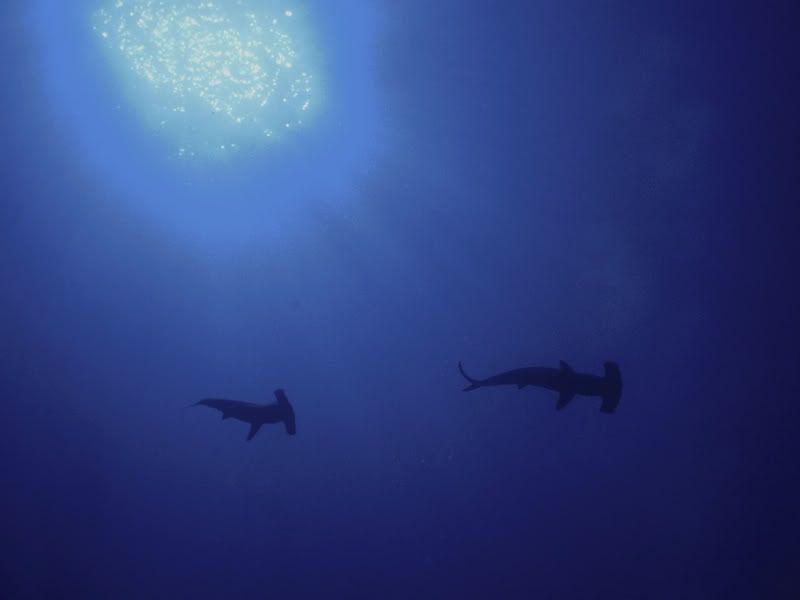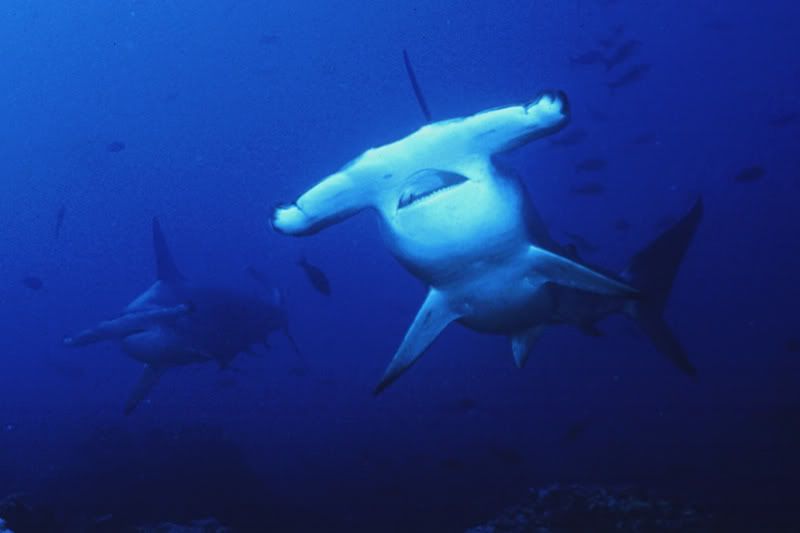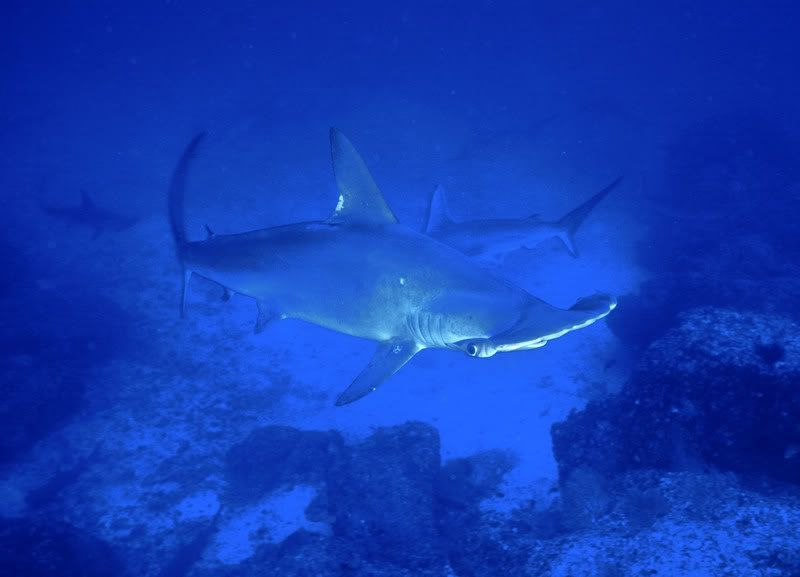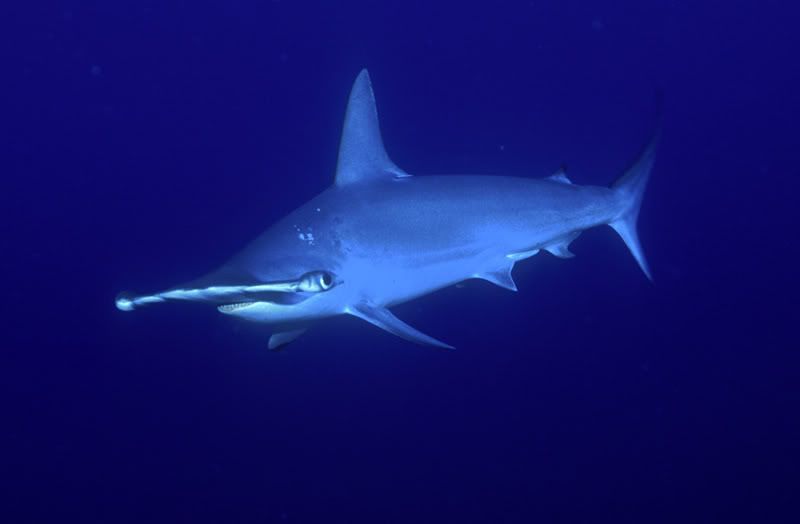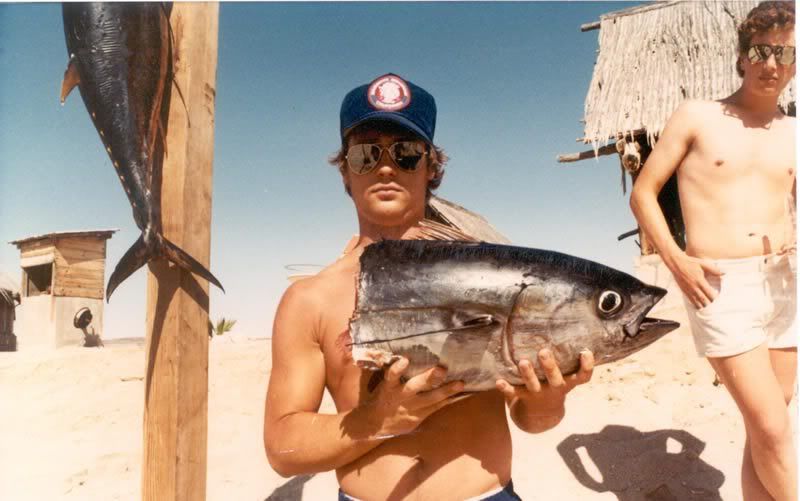Sharks have sensory organs on their heads. Also, the spread out nostrils increase the shark's sense of smell, perhaps much like the large noses of a bloodhound. And their is also an aerodynamic shape, like a wing. [/quote
It's all true and I take it very personal.jeje

Awesome Ken, you're a lucky man.
I remember clearly the day last year when I stumbled upon a pile of HH heads at least 6ft in diameter. Must of been hundreds in this secluded area of the Bay of Conception.
Long-liners have reduced all shark populations in the sea. Too bad they can't enforce laws put in place years ago to save the bay. I have heard numerous stories regarding poachers and long-liners. I also found half dozen or so turtle shells not more than a 1/4 mile from the Mulege lighthouse. That makes me sick.


